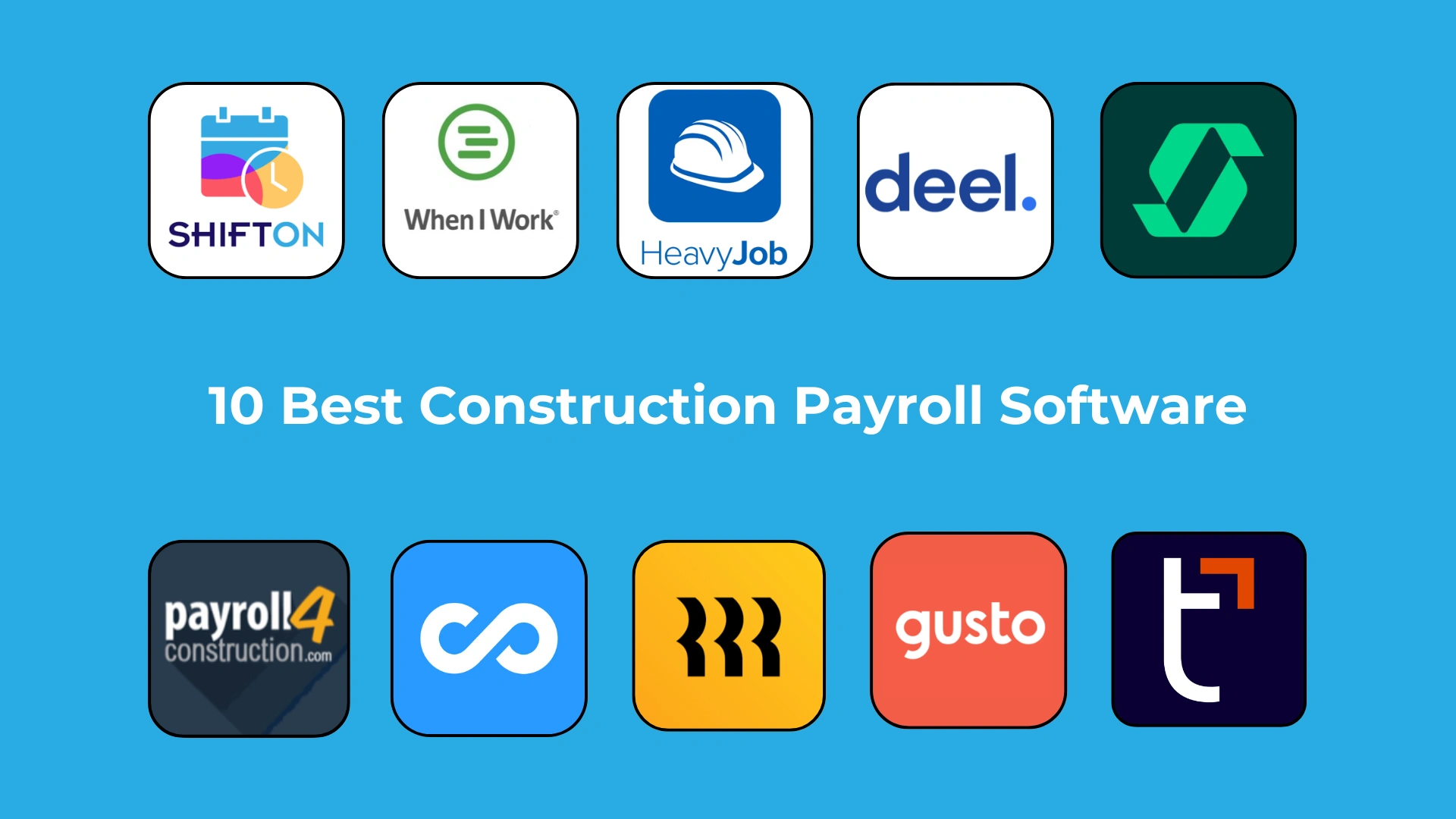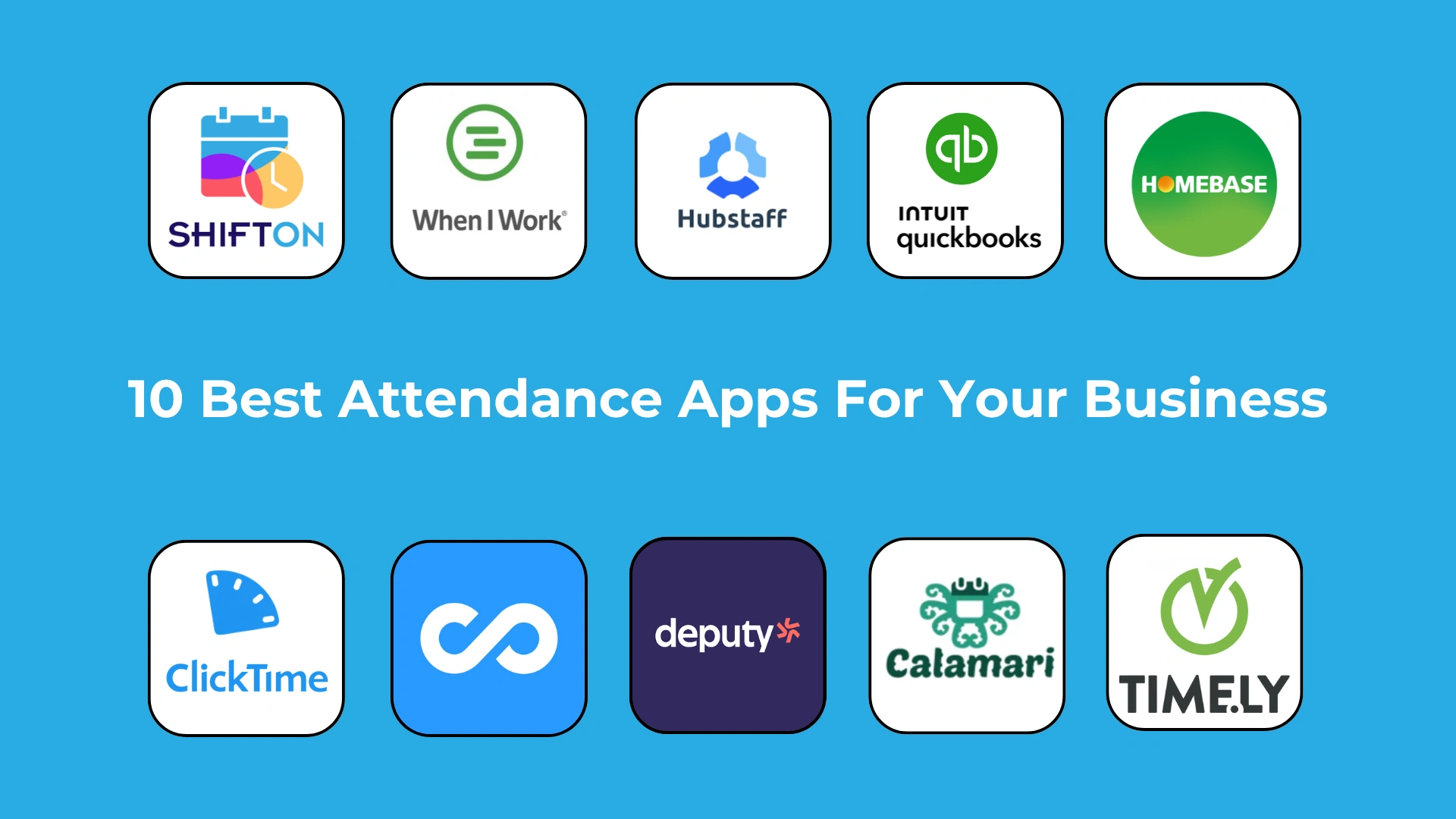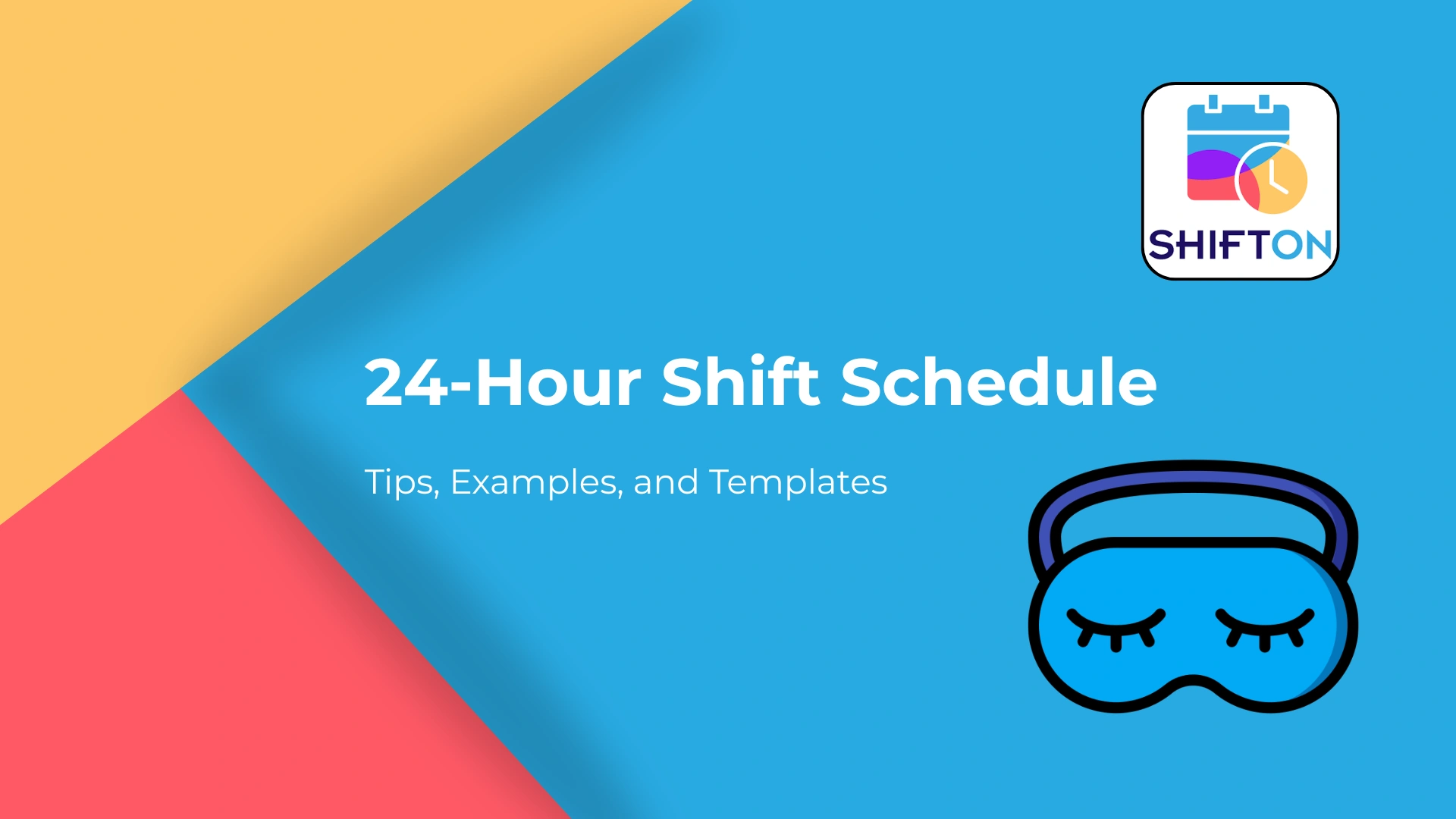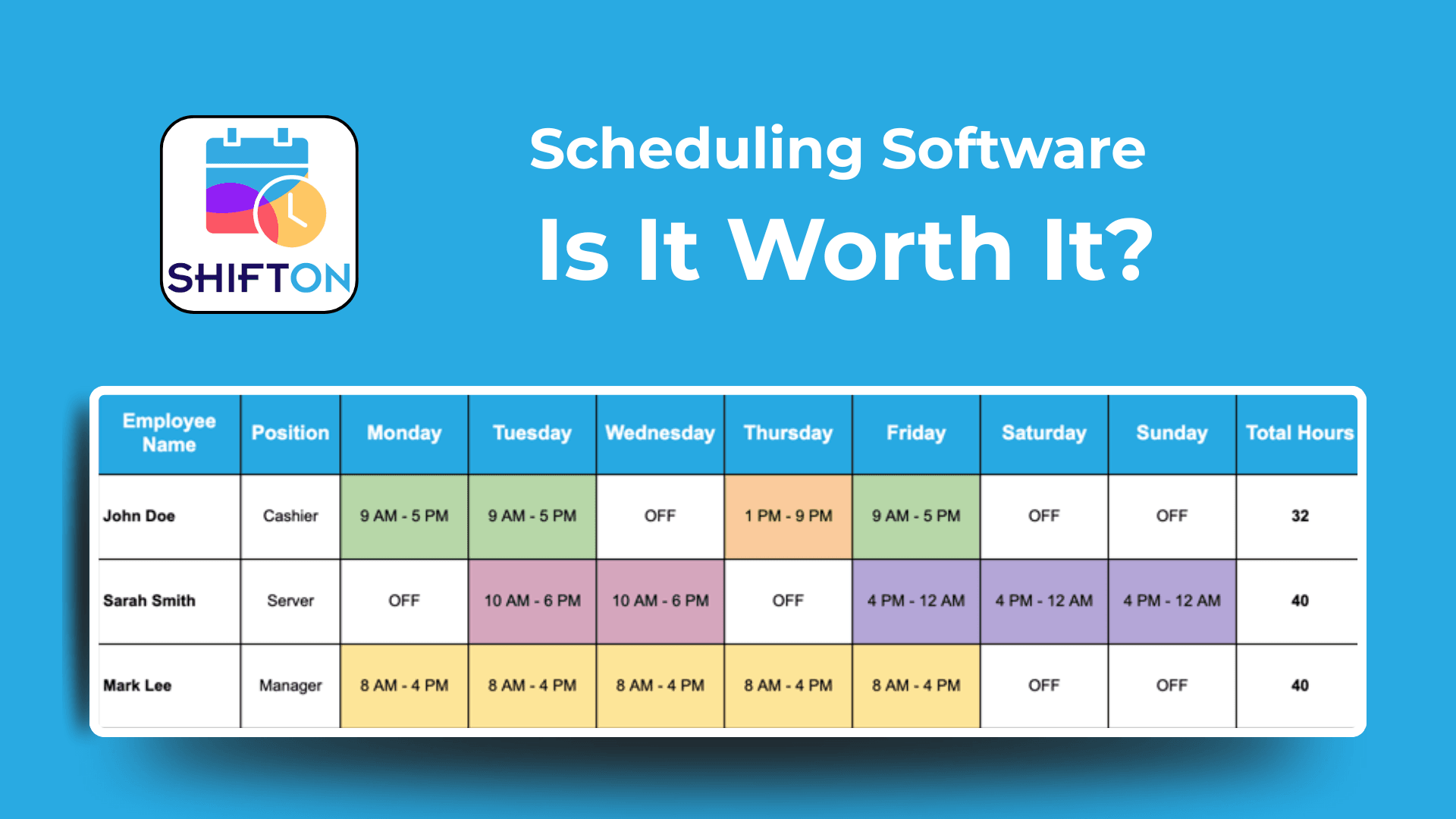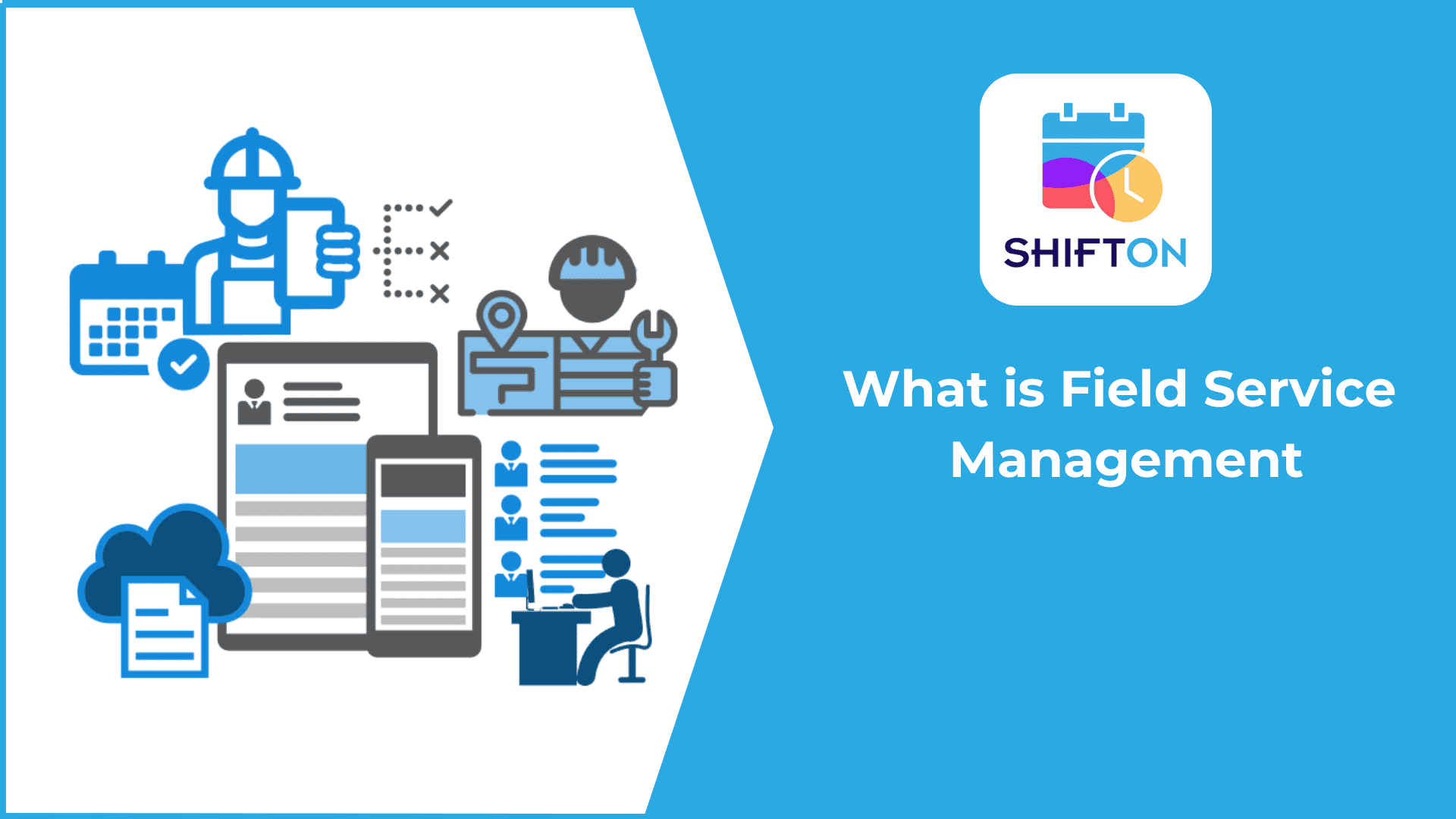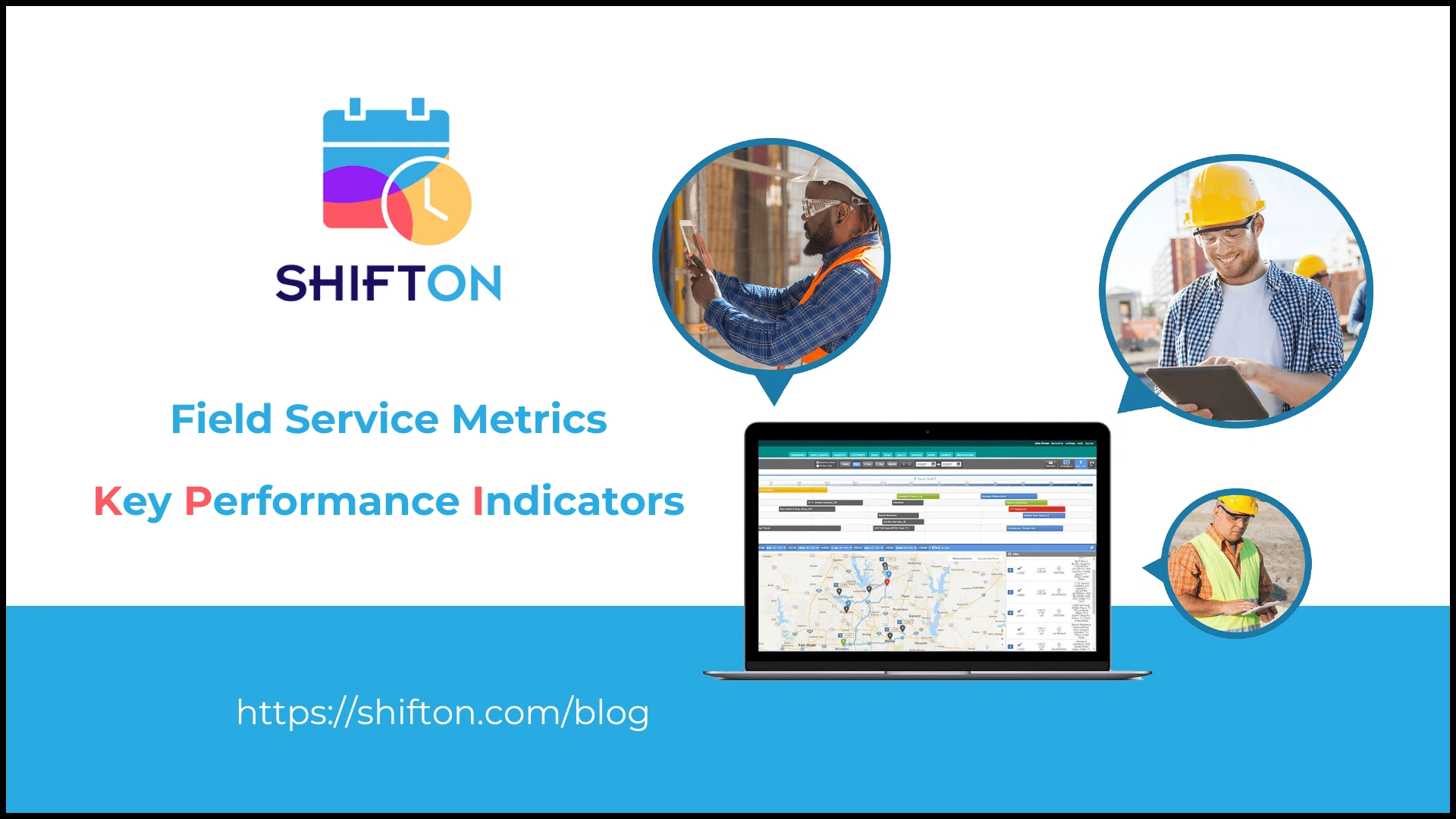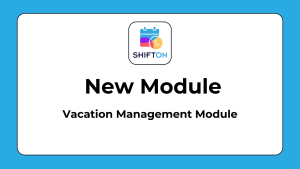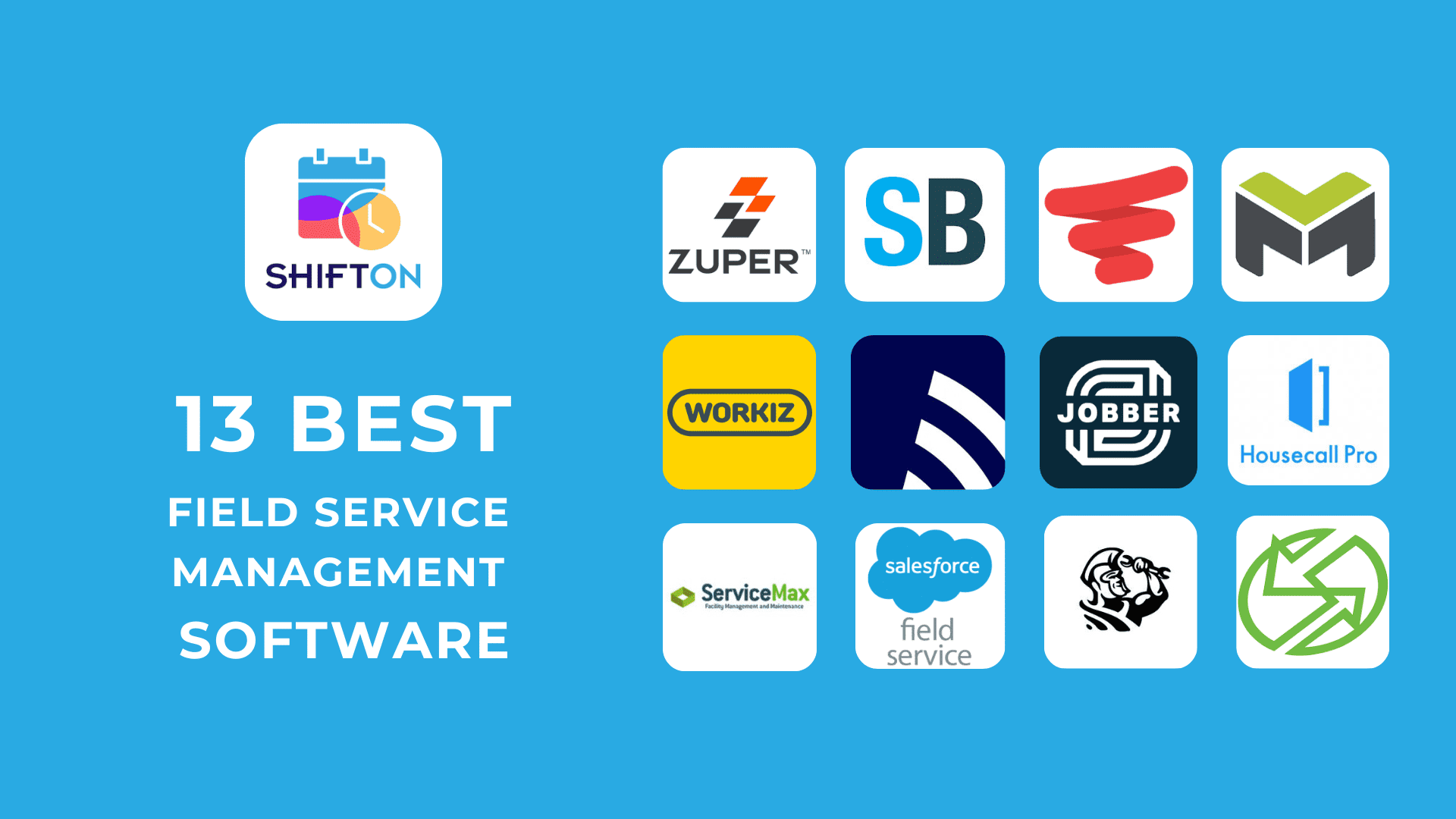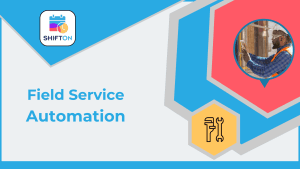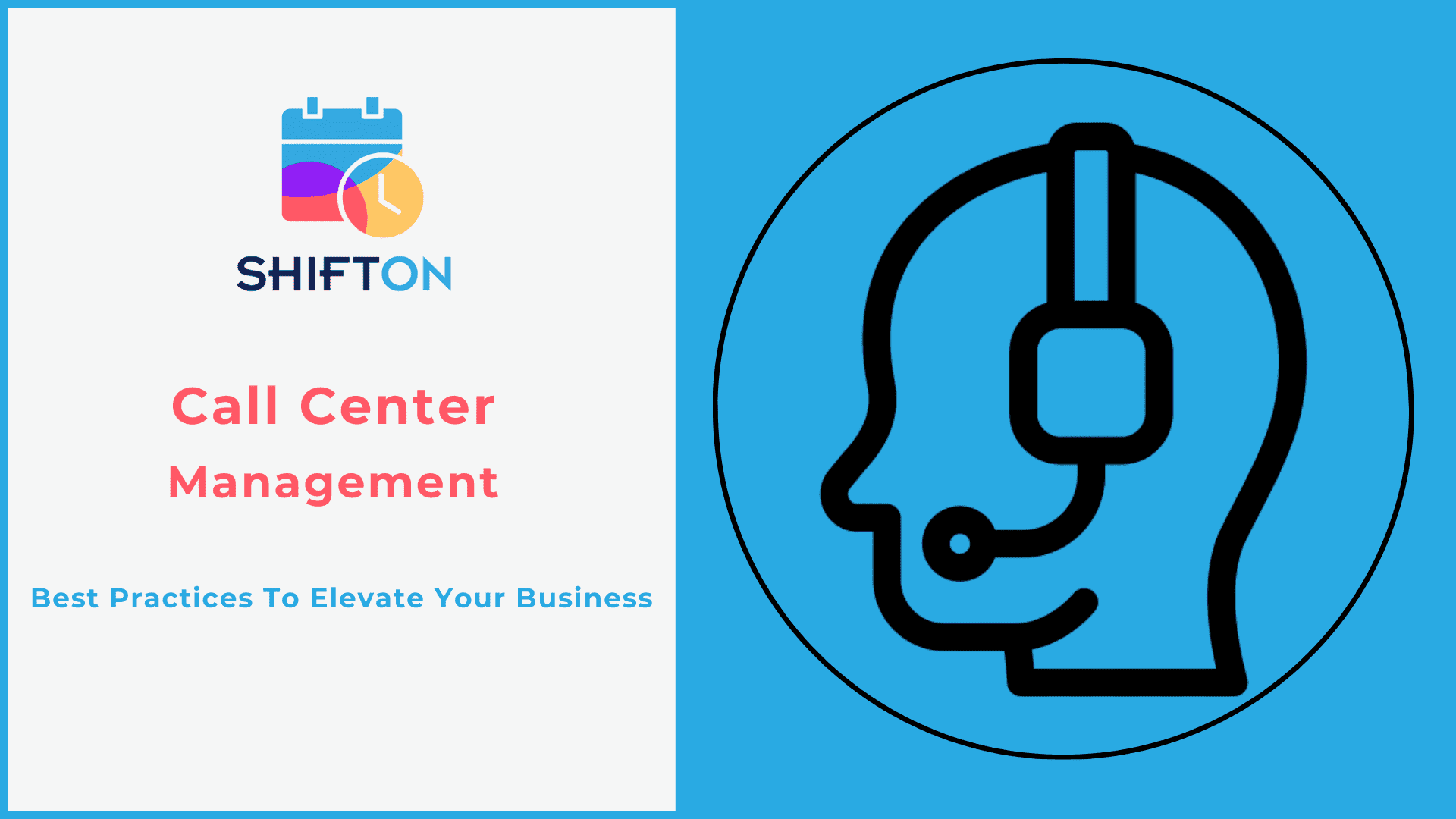Maintaining customer happiness, guaranteeing smooth operations, and providing outstanding customer service all depend on effective call center best practices administration. This thorough manual examines call center best practices that may boost control station performance, simplify procedures, and improve the total customer experience. Using these tactics can help your organization grow, regardless of whether your focus is on sales, tech support, or support.
What Is Call Center Management
What is a call center? Call center supervision covers all the processes, tools, and management of call center techniques required for the best practices in day-to-day operations. It includes oversight of agents, deploying the proper types of enabling technologies, building lean operations, and formulating plans to satisfy client demands. Effective management guarantees that consumer questions are answered quickly, which boosts brand reputation, lowers attrition, and increases customer loyalty.
Fundamentally, call centers, make sure that operators are capable of providing consistent client experiences, are well-equipped, and are motivated. Managing the workforce, monitoring service, securing product quality, and ongoing training are some of the many facets involved in this.
Call Center Evaluation Checklist
Managers may determine their call center’s best practices strengths and shortcomings with the use of a comprehensive evaluation checklist. Frequent evaluations are necessary to guarantee seamless operation and ongoing development. The following are the main elements to assess:
- Agent performance: Examine indicators like mean handle time, consumer ratings, and resolution rates regularly. This aids in determining high performers and others who might want further instruction;
- Tools and technology: Examine the software and tools your company’s call center best practices employs. Make sure they can meet your operating demands and are current;
- Establish a procedure for evaluating quality control of the caliber of consumer contacts regularly. Find trends that can point to reoccurring problems;
- Feedback from customers: Get input from customers to learn about their experiences. Utilize this data to inform data-driven enhancements;
- Operational effectiveness: Track key performance indicators (KPIs) such as the number of calls, average response time, and cost per call. Utilize these indicators to assess areas that need attention and efficiency.
Managers may keep a firm understanding of the overall system power and health of their call center best practices by regularly completing these assessments. They may put focused initiatives into place to increase agent productivity, maximize technology use, and increase the satisfaction of your customers by identifying these points that need improvement.
Additionally, ongoing evaluations ensure that the call center best practices adapt to evolving client demands and industry norms, which eventually results in a more efficient and successful operation.
Why Is Strategic Call Center Management Important
Keeping things running smoothly calls for a strategy, the call center best practices management. It guarantees that consumer questions are answered quickly, which boosts customer happiness, lowers attrition, and enhances brand recognition. Additionally, strategic management aids in:
- Allocating resources as efficiently as possible: Appropriate scheduling guarantees that there are always enough agents to answer calls, cutting down on wait times and avoiding overloads;
- Increasing response times: Improve customer experience when they obtain prompt replies because of streamlined procedures and effective contact routing;
- Agent productivity enhancement: Agents can carry out their responsibilities more successfully if they are given the appropriate resources and training;
- Cutting expenses: By getting rid of pointless effort and process optimization, effectiveness management lowers operating expenses.
Additionally, a culture of continuous development is promoted through a strategic view of call center best practices leadership that solicits agent insight into operations and client interactions. In addition to assisting in identifying areas for betterment, this proactive tool approach empowers staff members, fostering a sense of worth and engagement in their work.
In addition, executives can tailor benefits to meet the needs of changing demands by using data analytics to learn about client behavior and preferences. In the end, spending money on strategic management results in more responsive and nimble call center best practices that can adjust to shifting consumer demands and market conditions, ensuring the company’s long-term success.
20 Call Center Management Best Practices
More than all it takes to make a profit is to answer the phone; strategic planning, efficiency control of resources, and a thorough comprehension of client demands are all essential. Call center managers must implement call center best practices that streamline workflow and increase operator effectiveness, and provide outstanding client experiences if they want to succeed in this fast-paced setting.
You can use the next steps to enhance your productive use and guarantee constant service quality, from utilizing the newest technology to cultivating a pleasant workplace culture. We go over 20 call center management best practices and management techniques below that can improve your business’s operations and increase client happiness.
1. Enhance call center efficiency with AI
Managing client relations and operational efficiency may be revolutionized by incorporating artificial intelligence (AI) into your contact center. AI greatly lessens the strain on human agents by automating repetitive operations like data input, call center best practices, and answering frequently asked questions. In addition to streamlining processes, this automation reduces the possibility of human mistakes, guaranteeing more precise and reliable service delivery.
Furthermore, chatbots driven by AI can provide clients with real-time access to services, responding to questions 24/7 without requiring human assistance. By cutting down on wait times and offering immediate answers, these chatbots may help with troubleshooting, answer frequently asked questions, and walk users through simple procedures, improving the entire customer experience.
2. Schedule agents effectively with workforce management tools
A key tactic for preserving operational effectiveness is scheduling agents to leverage personnel scheduling software by call center best practices projections. This program enables managers to predict peak call periods and distribute resources appropriately by evaluating previous data and anticipating patterns. Optimal coverage is guaranteed by this proactive strategy, which is essential for managing variations in client demand.
Companies may drastically lower the risk of overstuffing or understaffing by precisely predicting call center best practices. While understaffing frequently leads to longer client wait times and more annoyance, overstaffing can result in needless labor expenses and agent idle time. Both situations have the potential to negatively impact consumer happiness and experiences.
3. Conduct periodic quality assurance checks
Monitoring calls regularly is essential to guaranteeing that agents adherence to good practices and provide consistent levels of customer service call center best practices. This practice offers important insights into how well agents are carrying out their responsibilities, in addition to aiding in evaluating client impact engagement.
In this procedure, quality assurance (QA) checks are essential because they methodically assess recorded conversations to make sure they adhere to set standards. These assessments enable managers to define areas for growth, identify knowledge or skill gaps, and suggest particular training needs.
Furthermore, QA tests help agents build a culture of responsibility and ongoing improvement. Managers may encourage agents to improve their service delivery by giving them constructive criticism and praising their excellent work.
4. Continuously train agents
Agents must get continual training to stay up to date on corporate policies, new services, and products. This ongoing training gives agents the most up-to-date information and resources to help clients efficiently, boosting their confidence in their capacity to deliver precise information and answers. Additionally, frequent training sessions aid in the development of critical soft skill training focusing on skills including effective negotiation, compassion, and positive listening.
Since they allow agents to comprehend client demands, resolve issues, and establish rapport, these abilities are essential for fostering great customer experiences. Businesses that invest in ongoing professional development not only improve the efficiency of their agents but also help ensure consumer happiness, retention and loyalty, which eventually improves company results.
5. Provide agents with robust customer profiles
To enhance the overall experience in a contact center, it is essential to provide agents with comprehensive client profiles. Comprehensive details like prior encounters, buying history, and personal preferences should all be included in these profiles. Agents may provide a more individualized experience by using this data to customize their discussions to fulfill the demands and interests of certain customers.
An agent who is aware of a customer’s past purchases, for example, might give better call center management tips on products or handle problems more skillfully, demonstrating to the client that their past is important. Additionally, operators can swiftly comprehend the context of the customer’s problems thanks to insights into previous contacts, which facilitates a more seamless connection and quicker resolution timeframes.
In addition to improving customer happiness, this degree of customization strengthens bonds with clients, promoting loyalty and repeat business.
6. Collect customer feedback
It is critical to ask clients for feedback following their contacts in order to in-depth knowledge of their needs, needs, and interests. Use a variety of techniques to get this input, such as follow-up emails, post-call research, or focused response forms that are simple to find on your website or app. In addition to giving consumers a voice, these tools demonstrate that you value their opinions and are committed to improving their experience.
After gathering input, spend some time doing a detailed analysis of the information. Seek out trends or reoccurring themes that can point to the development of needy areas. This study can provide important information about service gaps, pain areas, and consumer satisfaction. You may improve service delivery and overall customer happiness by implementing adjustments that directly address consumer problems in response to this input.
7. Analyze call center data
Managers may find and comprehend a variety of trends in call center best practices operations by using data analysis, a potent tool. Managers may detect when their call center best practices are most busy and modify personnel numbers by looking at information like peak call hours. Analyzing typical problems that clients have also aids in identifying common pain areas, which can lead to a higher quality standard of service offers and more efficient agent training.
Additionally, monitoring patterns in agent performance offers information on the advantages and disadvantages of both individuals and teams. Managers may identify areas where more training or assistance may be required and share best practices with the team by praising high-performing agents.
8. Invest in intuitive call center tools
By streamlining processes and automating tedious jobs, modern call center best practices software significantly enhances operation efficiency. These technologies let agents focus on providing great customer service instead of being bogged down by administrative tasks by reducing their manual labor.
Furthermore, modern call center best practices software ensures that information moves efficiently across functional divisions by incorporating other corporate tools like communication platforms and Customer Relationship Management (CRM) systems.
Purchasing these cutting-edge technologies does more than just simplify operations but also greatly enhances the agent and customer user experience. Agents can react to questions promptly and efficiently because of features like omnichannel support, real-time analytics, and intelligent call center best practices, which raise customer satisfaction levels.
9. Do not neglect agent burnout
To avoid agent burnout, pay attention to their workload and offer assistance. Employee morale and productivity can be severely impacted by a high-stress workplace, which can increase turnover rates. Agent performance may suffer when they feel overburdened by their duties or the frequency of calls, which can have a direct effect on the caliber of services.
It is crucial to establish frequent check-ins and promote candid communication in order to counteract this, enabling agents to voice their worries and difficulties with their jobs. Pressure can also be reduced by offering opportunities for breaks, stress management training, and mental health support.
10. Leverage call routing
A crucial component of contemporary contact centers that greatly improves the client experience is intelligent call center best practices. Sophisticated algorithms are used in this process and data analytics to route calls to the best agent depending on the individual requirements and preferences of the client. By ensuring that questions are handled by agents with the necessary experience, this focused successful call center strategies not only increases resolution times but also lowers transfer rates, when consumers are transferred between numerous agents before their issue is fixed.
When a consumer calls with a technical issue, for example, the system can determine the nature of the issue and connect the call to a technical support specialist. In addition to reducing the client’s annoyance, this raises the possibility of a first-contact resolution, which eventually boosts customer satisfaction.
11. Prioritize security and compliance
Make sure that every engagement complies with applicable laws, particularly when dealing with private client information. In addition to avoiding legal repercussions, this complying is critical for preserving consumer faith in your company. Laws that regulate the management and protection of personal data, such as the General Data Protection Regulation (GDPR) and the Health Insurance Portability and Accountability Act (HIPAA), should be thoroughly understood by organizations.
Invest in safe systems that protect consumer data with access restrictions and cutting-edge encryption techniques to make compliance easier. Update these systems often to fix any vulnerabilities, and carry out in-depth audits to make sure data protection procedures are being followed.
12. Create self-service resources for agents
Internal development of a comprehensive know-how base is critical to enhancing the call center best practices processes’ effectiveness. A thorough set of Frequently Asked Questions (FAQs), thorough troubleshooting manuals, and standardized call scripts that agents may easily consult when interacting with customers should all be included in this resource. Agents can respond accurately and promptly by centralizing this data, which greatly improves reaction speeds and increases customer loyalty satisfaction levels.
Furthermore, as new goods or services are released or when frequent problems arise, it is simpler to update and modify a well-structured knowledge base. By ensuring that agents always have the most up-to-date information available to them, this flexibility lowers the possibility of disinformation and boosts agents’ confidence while making calls.
12. Establish call center etiquette guidelines
To guarantee that clients receive consistent and expert service, it is crucial to establish clear rules about language, tone, and interaction procedures. Agents can better grasp the desired communication style that complements the company’s brand identity by using these principles as a foundation.
Organizations may provide a consistent customer experience across all touchpoints by defining standards for language and tone, whether they are official, pleasant, or sympathetic. Furthermore, clear engagement standards give agents detailed guidance on how to respond to a range of consumer situations, including complaints and questions.
14. Offer performance incentives
A major call center best practices management tactic is to reward employees for top achievements and customer satisfaction ratings. By acknowledging and applauding these successes, you foster a supportive and inspiring work atmosphere, in addition to recognizing the effort and commitment of your team. Employees are more likely to stay involved and dedicated to upholding good service standards when they perceive that their efforts are appreciated and rewarded.
There are many different types of incentives, including bonuses, possibilities for professional growth, and public recognition. These incentives work as strong inducers, pushing agents to go above and beyond in their dealings with clients.
15. Draft call center SOPs and SLAs
Because they outline duties, expectations, and procedures for both agents and management, Standard Operating Procedures (SOPs) and Service Level Agreements (SLAs) are essential parts of efficient call center best practices administration.
The SOP call center provides thorough instructions that specify the precise procedures that agents must adhere to in different situations, guaranteeing that all client interactions maintain the same high standards of service. This uniformity lowers the possibility of mistakes or misunderstandings during client contact, in addition to assisting in providing dependable and effective service.
16. Lower call volume with self-service for customers
One efficient way to handle common queries without requiring agent engagement is to provide self-service solutions, such as automated replies, online FAQs, and help centers. These solutions shorten wait times and increase customer satisfaction by enabling them to discover answers to their problems quickly and effectively. Common questions may be answered by automated solutions, which offer immediate assistance and free up agents to work on more difficult problems that need human involvement.
Further reducing the need for direct contact with agents is the ability of a well-organized online FAQ section to walk clients through troubleshooting procedures or offer comprehensive information about goods and services. Help desks with user-friendly search features make it simple for users to browse subjects and find pertinent information.
17. Give agents visibility into their schedules
Allowing agents to see and control their calendars encourages a sense of accountability and ownership, while also enabling them to take charge of their work-life balance. Agents may better organize their personal obligations, appointments, and downtime by having simple access to their calendars via an intuitive website.
Because workers are more likely to stay motivated and engaged when they believe their personal needs are taken into account, this flexibility can dramatically lower absenteeism.
18. Give customers the option for a callback (or text-back)
Having a callback facility greatly reduces client wait times, which frequently result in annoyance and discontent. Customers may go about their day without being distracted by their phones by being able to request a callback, knowing that they will get help as soon as an agent is available. In addition to improving the client experience overall, this shows that you value their time.
19. Make your call center omnichannel
Make sure your contact center is capable of managing social media, chat, email, and the phone. In addition to enabling smooth customer interactions, an omnichannel call center strategy gives customers the freedom to interact with your company on the platform of their choice.
In the fast-paced world of today, where customers need prompt and effective assistance, this adaptability is essential. Customers may transition across channels without losing continuity when you integrate them, so they can begin a conversation on one platform and go on to another without repeating themselves. Customer satisfaction is increased by this seamless experience, which shows that your company respects their time and tastes.
20. Encourage team collaboration
Improving knowledge-sharing and problem-solving skills in the call center best practices requires cultivating a culture of collaboration among agents. When agents work together, they may exchange knowledge and experiences, which results in better answers to shared problems. By putting collaborative technologies like project management software, shared documents, and instant messaging platforms into place, team members may communicate more easily and have easy access to information.
Cooperation is also greatly aided by holding regular team meetings. These gatherings give agents a controlled setting in which to share call center improvement ideas, talk about their experiences, and come up with answers to persistent problems.
Best 16 KPIs Metrics for effective contact center management
Key Performance Indicators (KPIs) are crucial measurements that shed light on a contact center’s overall performance, production, and efficiency. Managers may pinpoint development opportunities, streamline procedures, and raise customer happiness by routinely tracking and evaluating these KPIs.
When KPIs are used effectively, they not only aid in analyzing present performance but also establish standards for future expansion. The 16 most important KPIs listed below should be monitored by every contact center to make sure they are fulfilling their objectives and providing excellent customer care.
Average handle time (AHT)
Calculates the typical length of a customer engagement, taking into account follow-up duties, chat time, and wait time. This indicator offers important information about the call center best practices and general effectiveness. Managers can spot patterns in customer behavior and operational performance by looking at the overall amount of time spent on each customer engagement.
Targeted improvements are possible when the components of this duration are understood, such as the amount of time agents spend actively chatting with clients against the length of time they spend waiting.
Call Arrival Rate
For call center best practices managers, the volume of calls received during a certain time period is a crucial indicator that offers important information about traffic trends. Managers can see trends in consumer questions, seasonal variations, and peak times by examining call volume statistics.
With this knowledge, they may better manage resources and optimize staffing levels, guaranteeing that there are enough agents on hand to answer incoming calls. Furthermore, proactive planning – like modifying timetables or launching marketing campaigns during times of high demand – is made possible by the recognition of these traffic patterns.
Transfer rate
One important performance metric that shows how well the original call center best practices worked is the proportion of calls that were routed to a different agent or department. A high transfer rate might be a sign of ineffective call routing procedures or inadequate agent training to handle certain client concerns.
An efficient call center best practices system should ideally make sure that clients are connected to the best agent possible who can answer their questions on the initial call. Managers can see trends and ascertain whether some departments are getting an excessive amount of transferred calls by looking at transfer rates.
Total Calls Handled
Monitors the number of calls that are successfully handled, offering information on productivity and workload. This measure allows management to evaluate how well agents are responding to consumer questions and is a crucial indicator of the contact center’s operational effectiveness.
Organizations may make smarter staffing and resource allocation decisions by examining the number of calls they handle to find trends and patterns in consumer demand. Furthermore, knowing call center best practices aid in identifying peak times, which may guide scheduling tactics to guarantee that there is enough staff on hand to satisfy client demands.
Call abandonment rate
Calculates the proportion of consumers who, frequently as a result of lengthy wait times, hang up before interacting with an agent. This statistic, sometimes referred to as the call abandonment rate, is essential for evaluating both customer happiness and call center best practices, operational effectiveness. Long wait periods usually cause customers to become frustrated, which can result in a bad opinion of the brand. This is usually shown by a high abandonment rate.
Managers may optimize personnel numbers and enhance queue management by keeping an eye on this measure, which helps them spot trends in call traffic and peak times.
Percentage of Calls Blocked
One crucial indicator that might point to underlying capacity problems in a contact center is the rate at which inbound calls cannot be connected. This indicator frequently shows how well the call center best practices can manage the amount of incoming questions during busy periods. A high call blockage rate might mean that there aren’t enough lines or agents to handle client demand, which could result in irate callers and even lost business.
Managers can see trends and patterns that indicate the need for more people, better technology, or better scheduling procedures by keeping a careful eye on this rate. By resolving these capacity concerns, more callers will be able to quickly connect with an agent, which will increase operational effectiveness and boost customer satisfaction.
First contact resolution (FCR) rate
One important indicator of the call center best practices efficiency in rapidly resolving client problems is the proportion of issues that are handled within the initial conversation. This key performance indicator (KPI) emphasizes the caliber of the services rendered in addition to the agent’s effectiveness.
When a significant portion of consumer questions are answered during the initial call, it shows that agents are well-educated, have the required resources, and can rapidly retrieve detailed client data.
First Response Time (FRT)
One important indicator of client satisfaction is the speed at which representatives answer a basic question. Fast response times have a big impact on the customer’s entire experience in addition to demonstrating the call center best practices’ effectiveness. Customers expect prompt service when they contact you with queries or issues; delays can cause annoyance and discontent. A timely response shows that the business respects the client’s time and is dedicated to helping.
Fast response times can also result in greater first contact resolution rates, as agents successfully address problems within the initial engagement, hence boosting client loyalty and confidence.
Customer satisfaction (CSAT) score
What is the key to success in a call center? A key element in assessing overall consumer satisfaction with the service is direct client input, which is frequently obtained through surveys. Aspects of the customer experience including response speed, agent professionalism, and the efficacy of the solutions offered are frequently covered in these surveys.
Businesses may learn a lot about what their consumers value and where they need to improve by examining this input. Additionally, getting direct input from clients encourages involvement and engagement since they believe their views are respected.
Repeat Call Rate
One important indicator that reveals possible service gaps is the number of clients who return calls with the same problem. Repeat contacts frequently suggest that the first resolution was either unclear or ineffectual, which irritates the consumer and the agent.
This pattern may indicate fundamental issues with the contact center’s procedures, such as poor agent training, a lack of knowledge, or poor communication tactics.
Cost per call (CPC)
One important indicator for tracking operational performance and cost-effectiveness is the average cost to the call center best practices of processing a single call. Agent salary, infrastructure and technology expenditures, and overhead related to call center best practices and environment maintenance are all included in this statistic. Managers can see potential overuse or underutilization of resources by looking at this average cost per call.
Attrition Rate
One important indicator of staff retention and the general health of the company is the pace at which workers depart the call center, best practices. High turnover rates may be a sign of deeper problems including work discontent, a lack of options for professional progression, or insufficient assistance and training.
By keeping an eye on this indicator, management may see any issues early and put focused plans in place to raise worker happiness and engagement. Call center best practices may increase retention rates and eventually have a more seasoned and informed workforce by creating a favorable work environment and addressing the issues that contribute to turnover.
Average Speed of Answer (ASA)
One important indicator that has a direct influence on customer experience is the average time it takes an agent to answer an incoming call. Customers anticipate prompt replies when they contact customer service; excessive wait times can cause annoyance and discontent. According to research, a customer’s opinion of the quality of the service can be greatly impacted by a few extra seconds.
In addition to improving the overall experience, a prompt response demonstrates the company’s dedication to providing excellent customer service.
Customer Churn Rate
One important statistic for evaluating overall service quality and customer satisfaction is the proportion of consumers who discontinue using a service during a certain period. In addition to demonstrating how well a company’s products work, this turnover rate also points to possible flaws in the ways to improve call center customer service provided or how customers are engaged.
How to improve call center customer service? A high turnover rate might be an indication of deeper problems like poor customer service, unhappy customers, or superior alternatives from competitors. On the other hand, great customer loyalty and a satisfying user experience are usually reflected in a low turnover rate. Businesses may use focused techniques to improve service quality, retain clients, and eventually spur growth by tracking and evaluating churn rates.
Net Promoter Score (NPS)
A crucial indicator of a client’s propensity to refer others to your business is customer loyalty. This metric represents a deeper emotional bond and level of trust that consumers have with your brand, going beyond basic contentment. Customers who are satisfied with your service are more likely to recommend you to friends, family, and social media, as well as to make more purchases in the future.
Because word-of-mouth advertising has the power to greatly affect the opinions and decisions of prospective clients, companies must foster customer loyalty through outstanding customer service, regular contact, and continuous engagement tactics. Long-term profitability and a larger market share might ultimately result from a strong customer loyalty statistic.
Customer Effort Score (CES)
This indicator evaluates how simple it is for clients to fix problems, offering important information about how well your service procedures are working. In addition to improving the client experience, a quick resolution process shows how capable your support staff is. Customers want prompt and efficient responses when they run across problems. Long or complicated resolution procedures can cause annoyance, lower satisfaction, and eventually customer attrition.
How to Leverage Data in Your Call Center
In call center best practices management, data is a potent instrument that can be used to increase overall performance, optimize operations, and enhance customer service. Managers may make well-informed decisions that improve productivity and deal with any problems before they become more serious by using data properly. The following are essential tactics for utilizing data in your call center best practices:
1. Hire the Best Employees and Train Them
Utilize data to determine the characteristics and abilities that distinguish high-achieving agents. To draw in the top candidates, you may improve your recruiting standards by examining performance indicators. Data on knowledge gaps and ongoing training guarantee that agents keep becoming better.
2. Assign Specific Roles to Employees
Managers may learn more about each team member’s strengths by using data. You may create a more productive and successful team by assigning responsibilities based on their performance analysis.
3. Keep Communication Lines Open
Utilize data to pinpoint team communication obstacles. Frequent feedback sessions can aid in rapidly resolving problems and preserving a cohesive work atmosphere when they are backed by insights from performance data.
4. Establish Incentives for Better Performance
Setting specific, quantifiable goals is made possible by data-driven performance tracking. Agents might be encouraged to maintain high levels of quality and productivity by offering incentives to those who reach or surpass certain criteria.
5. Ensure Proper Scheduling and Workflow Balance
Utilize data to examine agent availability, call volumes, and peak hours. This aids in the development of efficient schedules that guarantee clients are served quickly, limit downtime, and lessen agent stress.
6. Track Call Center Metrics
To learn more about the general performance of your call center best practices, keep a close eye on indicators like Average Handle Time (AHT), First Contact Resolution (FCR), and Customer Satisfaction (CSAT). These measurements offer a thorough understanding of the areas in need of development.
7. Invest in Technology
Use instruments that facilitate effective data collection and analysis. Sophisticated software may track customer contacts, agent performance, and workflow procedures, giving management useful information.
8. Know the Laws in Your Area
Make sure you are in compliance by being aware of the local data privacy rules and regulations. Keeping an eye on compliance metrics can help you stay out of trouble with the law and keep your consumers’ confidence.
Use Shifton To Manage Call Center Operations
From scheduling to performance monitoring, running a call center best practices involves juggling a lot of moving components. Shifton is a flexible solution made to make these procedures more efficient so that managers may concentrate on increasing customer satisfaction and operational efficiency. This is how Shifton may assist:
Effortless Scheduling
Managers can simply create, edit, and oversee work schedules with Shifton’s scheduling tools. Shifton guarantees that there is always sufficient coverage without overstaffing by examining data on peak call periods and agent availability.
Bottom Line
A comprehensive strategy that incorporates the appropriate blend of technology, data-driven insights, and skilled operators is essential for effective contact center administration. Call centers can increase productivity, boost customer happiness, and propel corporate success by putting call center best practices into practice and tracking performance using important indicators.
Managing these intricate processes is made simpler by tools like Shifton, which provide managers with the assistance they need to effectively lead their staff. Any call center best practices may achieve steady development and maintain its competitiveness in a constantly changing business with a well-defined plan in place.







